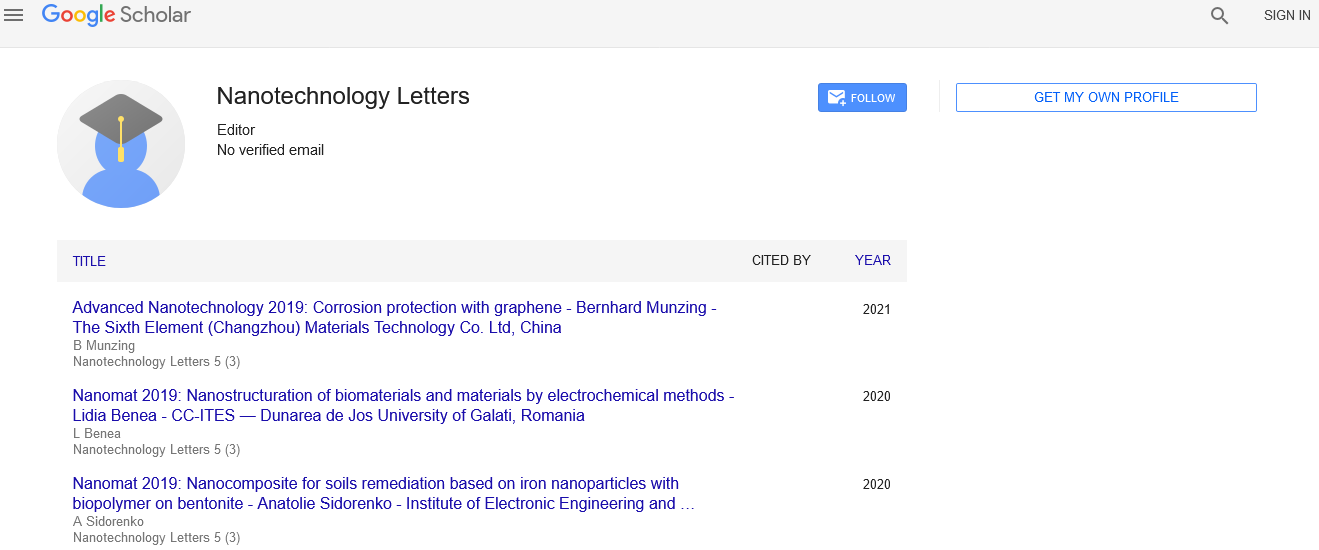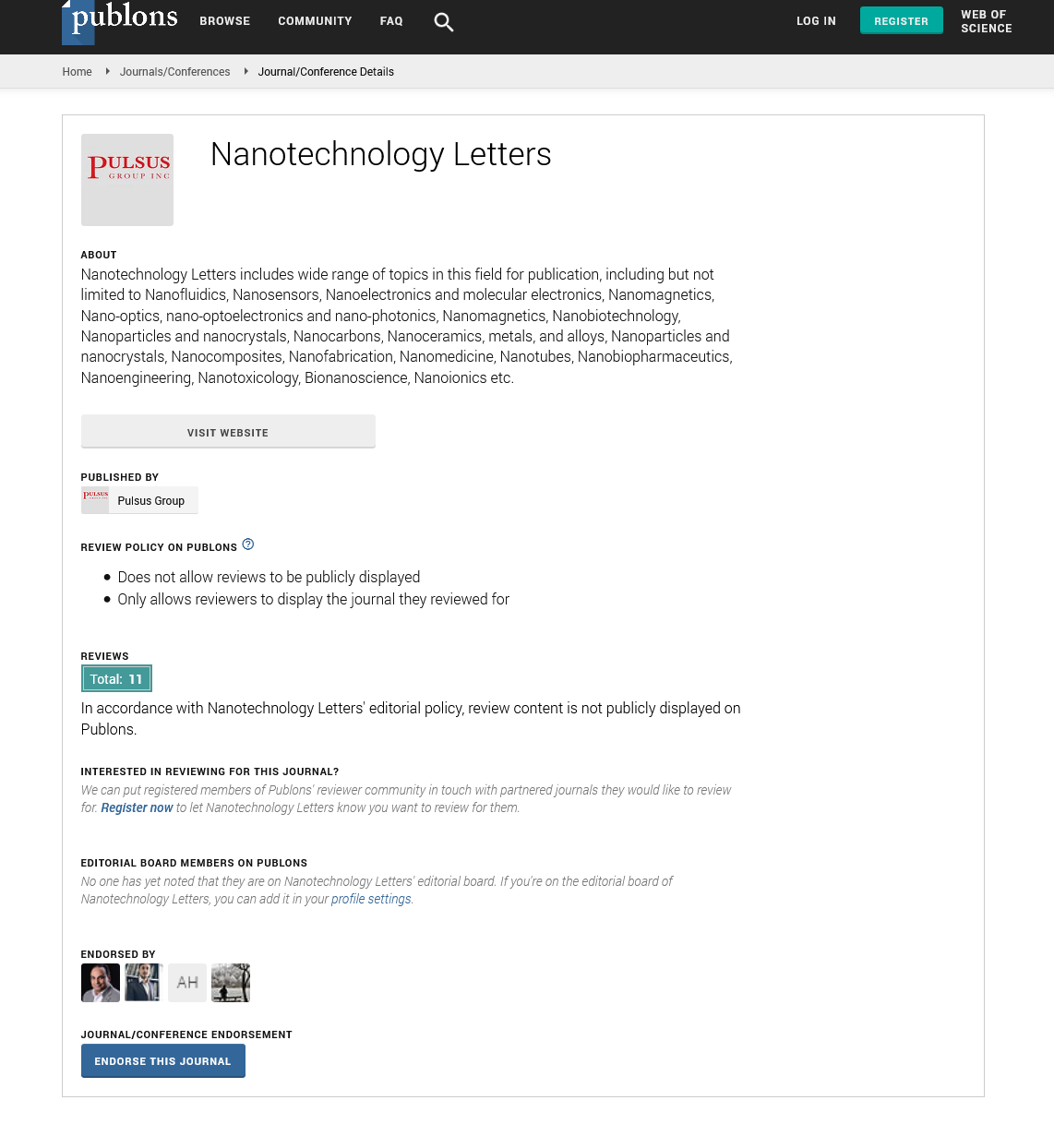
Sign up for email alert when new content gets added: Sign up
Abstract
Nanobiotechnology 2018: Nanocarriers for nose to brain, non-invasive delivery of gene therapy - Juan Sanchez-Ramos - University of South Florida, USA
Author(s): Juan Sanchez-RamosThe intranasal route of drug delivery has traditionally been used to administer small, lipophilic drugs that are rapidly absorbed into capillaries of the nasal epithelium, resulting in rapid onset of CNS actions. Many neurotherapeutic agents, especially polynucleotides and proteins, do not readily cross the blood-brain barrier and cannot survive intact in the gut or blood. Hence, gene therapy for brain disorders has required direct neurosurgical microinjection or infusion into brain or cerebrospinal fluid. However, recent research has demonstrated direct nose-to-brain delivery of relatively large molecules, including neurotrophins (NGF and insulin-like growth factor [IGF]- 1), neuropeptides, cytokines (interferon β-1b and erythropoietin as well as polynucleotides (DNA plasmids and genes). The present report describes development of a novel manganese-chelate nanocarrier system for direct noseto- brain delivery of small interfering RNA (siRNA) or DNA. The manganese (Mn) chelate Mangafodopir served 2 functions: 1) as a marker of the NPs for intracerebral tracking with magnetic resonance imaging (MRI) and 2) as a cross-linker of the chitosan matrix in the nanocarrier structure. Using high field small animal MRI, the Mn-tagged NPs were visualized on T1-weighted images and were found to penetrate from nasal epitheliaum into olfactory bulb and across brain regions following intranasal instillation of the nanocarriers. In addition, Mn content of the nanocarrier did not impede the functional activity of siRNA directed against green fluorescent protein eGFP in transgenic green mice. Expression of eGFP mRNA in transgenic green mice was decreased by at least 50% in four brain regions. Those brain regions also exhibited significantly increased Mn signal in T1-weighted MR images. In separate experiments, we showed that mNPs loaded with dsDNA encoding the red fluorescent protein (RFP) was expressed in corpus striatum and other regions following intranasal administration. Hence, this novel nanocarrier system permitted in vivo tracking of the therapeutic agent and was effective in delivering nucleic acid payloads that exhibited the expected activity in brain tissue.





